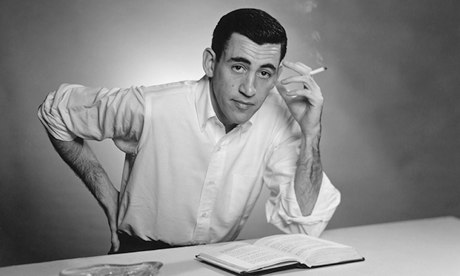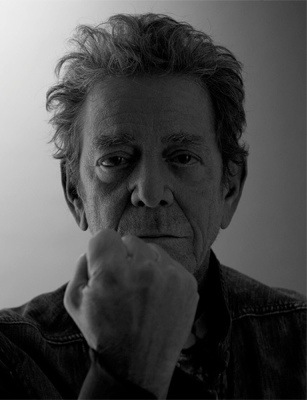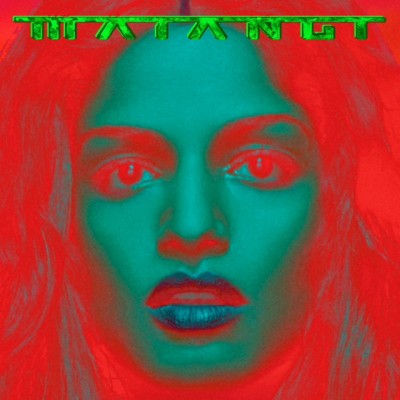
The late great assemblage artist/ photographer Wallace Berman, who died on his birthday in 1976 at age 50 in a car accident, will be honored at an exhibit of his Beat zine Semina, which he hand-printed on a table-top in his house.

“All components of all nine issues of Wallace Berman’s art/assemblage/beat zine Semina, alongside related ephemera, posters and mail-art [will be exhibited]. Semina bridges appropriation, fine printing, punk-style DIY and collage/montage, this already in the late 1950s!” reads the press release about the show.

“Semina 1955-1964 Art Is Love Is God,” will run from Sunday, December 8 through Thursday, January 9 at Boo-Hooray in New York.
A reception with John Zorn performing will take place on Sunday December 8, from 3PM-6PM.
RSVP here if you plan to attend the reception.

Here’s more from the press release:
“Michael McClure called it “a scrapbook of the spirit”. Outside of commerce, Semina was sent through the mail to Wallace Berman’s friends like David Meltzer, William S. Burroughs, Alexander Trocchi, Allen Ginsberg, and Cameron. The components of Semina were not only submitted, but appropriated from these friends, alongside personal heroes like W. B. Yeats, Hermann Hesse, and Antonin Artaud.
Hand-printed on a table-top at his house, this free-form zine with its loose-leaf poetry and amazing collages, montages and photography, is also most baffling in its vanguard status: nobody had done anything like this before Berman, not even in the days of dada.
Published between 1955 and 1964 in editions ranging from 150 to 350 copies, this rare publication (original issues regularly sell in the five figures) needs to be seen and cherished by anyone interested in American post-war art.
Michael Duncan points out that “Semina’s overarching theme involved a search for how to transcend the ‘monster’ of postwar meaninglessness.”
The spirit of Semina’s assemblage will feel familiar to anybody who has ever stayed up late at night at a copy shop making a punk zine or flyer. The hypnotic and delicious feel of perusing the poetry and imagery is the closest I’ve gotten to capturing those fleeting moments when one remembers components of a distant dream.
On December 8th, Boo-Hooray is publishing Semina 1955-1964 Art Is Love Is God, a 174 page softbound full-color catalogue reproducing each component of each issue of Semina. The catalogue comes with a booklet of annotations and texts by Johan Kugelberg, Adam Davis, Tosh Berman, Shirley Berman, Philip Aarons and Andrew Roth alongside silkscreened artwork, photo prints, flyers and cards, all printed loose-leaf and contained in a pocket on the back board of the catalogue in the spirit of Wallace Berman’s original publication.
This publication is limited to 300 copies and is only available from Boo-Hooray.”
— A Days of the Crazy-Wild blog post —








